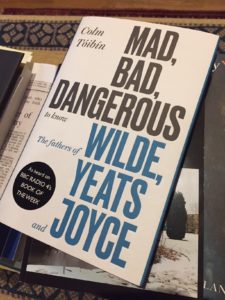From an O’Reilly newsletter:
In a recent O’Reilly survey, we found that the skills gap remains one of the key challenges holding back the adoption of machine learning. The demand for data skills (“the sexiest job of the 21st century”) hasn’t dissipated—LinkedIn recently found that demand for data scientists in the US is “off the charts,” and our survey indicated that the demand for data scientists and data engineers is strong not just in the US but globally.
With the average shelf life of a skill today at less than five years and the cost to replace an employee estimated at between six and nine months of the position’s salary, there’s increasing pressure on tech leaders to retain and upskill rather than replace their employees in order to keep data projects (such as machine learning implementations) on track. We’re also seeing more training programs aimed at executives and decision makers, who need to understand how these new ML technologies can impact their current operations and products.
Beyond investments in narrowing the skills gap, companies are beginning to put processes in place for their data science projects, for example creating analytics centers of excellence that centralize capabilities and share best practices. Some companies are also actively maintaining a portfolio of use cases and opportunities for ML.
Note the average shelf-life of a skill and then ponder why the UK government is not boosting the Open University.
